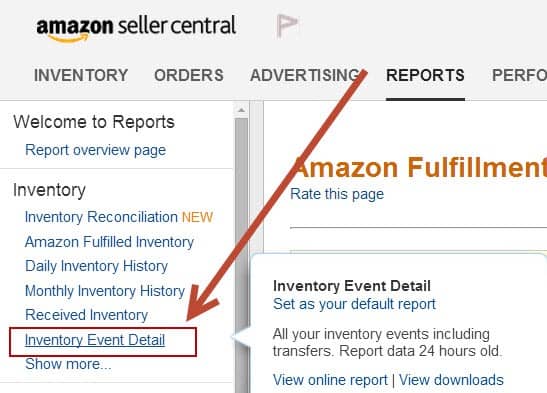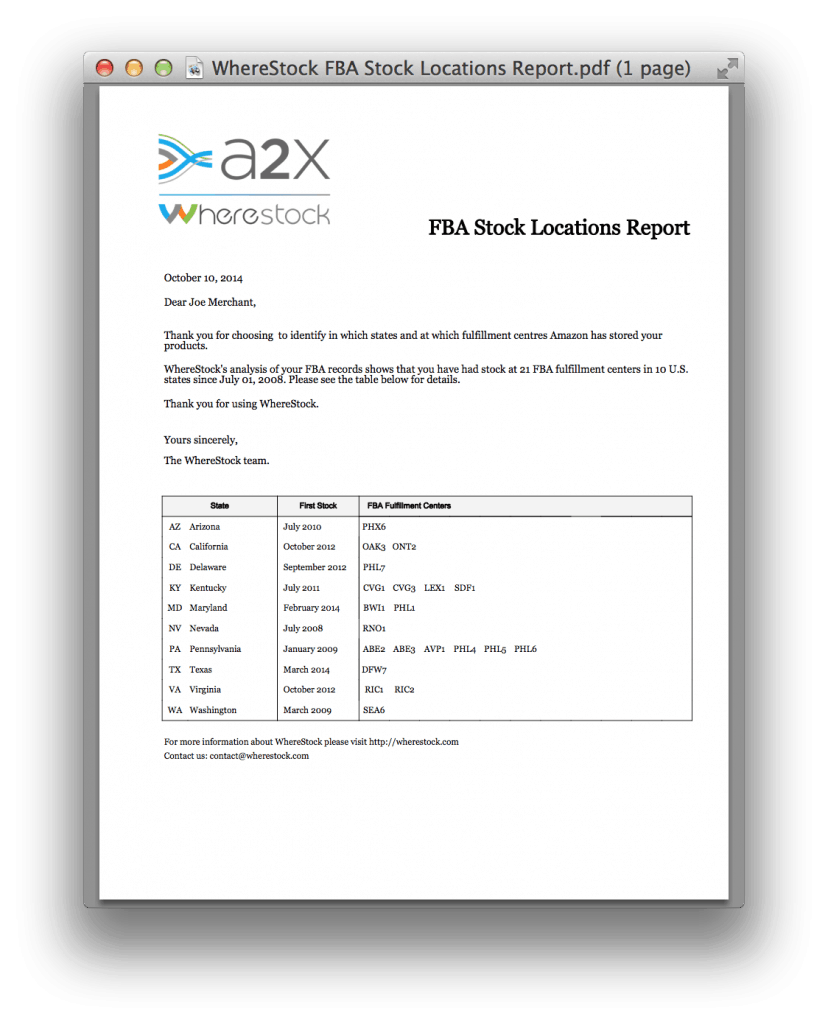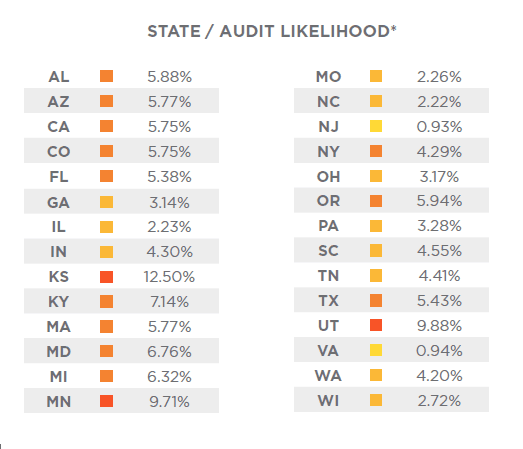Amazon can move your inventory at will, and this could dramatically influence the states where you have a sales tax nexus and owe money.
How To Determine If You Owe Sales Tax In A Specific State
In general, you owe sales tax the states where you have a physical presence, receive benefits, or conduct business in. This would include your home state, as well as states where you:
- An office or place of business
- Have employees or contractors working
- Attend trade shows or have affiliate marketers in
- Have drop-shippers storing/shipping inventory out of on your behalf
- Have inventory, warehouse, or other physical goods
If your business engages in any of the above, you should more than likely apply for a sales tax permit in that state. A guide for each state is provided by TaxJar here.
How Amazon FBA Inventory Creates A Sales Tax Nexus
As an Amazon FBA Seller, you are creating a physical presence — or nexus — in a state whenever you send an inventory shipment to an out-of-state Amazon FBA warehouse. Since you now have a nexus in this state, you’ll need to file for a sales tax permit and start collecting sales in that state based upon their regulations.
When Did Amazon Create Your Sales Tax Nexus?
The first thing you need to do is to determine when Amazon established a nexus in a particular state. Within your Amazon Seller Central account, you can find out where your inventory is stored by accessing your Inventory Event Detail Report by going to:
- Seller Central
- Reports
- Fulfillment
- Inventory Event Detail

However, these reports can be cumbersome and very difficult to understand. You’ll be presented with a list of Fulfillment Centers where your inventory has been stored and this can be massive!
The best option would be to use a service like WhereStock to determine where and when your inventory was first stocked in each state. For only $29, WhereStock will deliver your FBA Stock Locations report to your email within one business day.

You’ll now be able to determine the states where your inventory was store and the first stock date. This will be the first date where you’re inventory will have given you a nexus in this state.
Is Your Product Taxable or Tax Exempt?
Not ever product is taxed the same way in every state. It’s important to go over the sales tax guidelines in each state that you have a nexus in to determine whether or not your product is even taxable in that state.
If you have questions about whether or not your product is taxable, you should check with each state’s taxing authority.
Registering For Sales Tax Permits
Before collecting sales tax in a state, you need to apply for and receive a sales tax permit. Most states allow you to apply for your sales tax permit online and the information required for each state is fairly standard:
- Company Information
- Business and mailing address
- Social Security (SSN) or Employment Identification (EIN) number
- Contact information of signers/owners
- North American Industry Classification Code (NAICS)
- Date of nexus triggering business activity
- Date your business first had sales of any sort
- Sales forecasts to determine how frequently you’ll need to file sales tax returns
It will usually take one to ten business days to get a response for online applications and two to eight weeks for paper applications.
If you’d rather not do this process on your own, we suggest outsourcing the registration process to a company like Sales Tax System that only focuses on the sales tax registration process. For $95 per state, they’ll take on the entire registration process.
They also provide you the option of having all of your sales tax correspondence mailed to them, where they’ll sort through the documents and keep you informed of any urgent issues.
Collecting Tax On Your Amazon Orders
Once you’re registered to collect sales tax, you’ll need to make sure that your collecting sales tax on all of your relevant Amazon orders through their sales tax collection platform:
- Login to Seller Central
- Setting -> Tax Settings
- Click “View/Edit your Tax Collection and Shipping & Handling and Giftwrap Tax Obligation Settings”
From here, you’ll be able to add product tax codes to ensure that you’re apply the right tax on each of your items.
You’ll need to enter your state sales tax registration number before Amazon will allows you to enter your sales tax collection information. This is to make sure that sellers do not illegally collect sales tax from customers and keep the money for themselves.
Filing Sales Tax Returns
For most sellers, manually collecting your sales data for each state will seem like a cumbersome task even before filing the actual return. For this reason, we suggest using a service like TaxJar to file your e-commerce sales tax returns.
They’ll aggregate the sales data from all of your e-commerce platforms (Amazon, Shopify, etc) into a single report, which they’ll then use to file your state return for as little as $17 per month.
What If You Haven’t Been Paying Tax
If you’ve had inventory in a Fulfillment by Amazon warehouse in a state for months (or years!) and you’ve not collected sales tax during this period then you could owe a large amount of money. You can either:
- Ignore Tax Liability — It might be tempting to ignore a state’s sales tax liability entirely, especially if you only owe a few dollars. However, this is not recommended since you will accrue interest and penalties on this liability over time if you’re audited and caught.
- Voluntarily Disclose Tax Liability — If you voluntarily disclose your tax liability, you might be able to avoid most, if not all, of the interest and penalties on your late payment.
If you’re wondering about where you are most likely to be audited, Taxify put together a list based upon an internal pole of their clients, which is below:

Need Additional Assistance?
Lanyap Financial is a tech-based accounting and financial services firm that specializes in streamlining their clients’ financial operations through FinTech software and cloud-based applications.





